Description
1. Botanical Information
-
Botanical Name: Pentas lanceolata
-
Common Names: Pentas, Egyptian Star Cluster, Star Flower
-
Family: Rubiaceae
-
Type: Perennial (in warm climates) or annual (in cooler climates) flowering plant
2. Origin & Distribution
-
Native To: Tropical and subtropical regions of Africa, Arabian Peninsula, and Madagascar
-
Widely cultivated worldwide as a garden ornamental due to its vibrant flowers and ability to attract pollinators.
3. Physical Characteristics
-
Height & Spread: Typically 1–3 feet tall, though some varieties can reach up to 4 feet.
-
Leaves: Lance-shaped, deep green leaves with slightly hairy texture.
-
Flowers: Dense clusters of tiny, star-shaped flowers in colors such as red, pink, purple, lavender, and white.
-
Blooming Period: Blooms profusely throughout the year in warm climates, especially in summer and spring.
4. Growing Conditions
-
Light: Prefers full sun for maximum flowering; can tolerate partial shade.
-
Soil: Well-draining, moderately fertile soil.
-
Watering: Keep soil consistently moist but not waterlogged; drought-tolerant once established.
-
Temperature: Thrives in warm temperatures above 18°C (65°F); sensitive to frost.
-
Humidity: Prefers moderate to high humidity.
5. Maintenance & Care
-
Pruning: Regular deadheading (removing faded blooms) encourages more flowers.
-
Fertilization: Apply a balanced, water-soluble fertilizer every 4–6 weeks during the growing season.
-
Pests/Diseases: Can be affected by spider mites, aphids, and whiteflies; may also get leaf spot or root rot if overwatered.
6. Uses & Benefits
-
Ornamental Value: Excellent for flower beds, borders, container gardening, and butterfly gardens.
-
Pollinator Friendly: Attracts butterflies, bees, and hummingbirds, aiding in garden biodiversity.
-
Low Maintenance: Easy to grow for beginners and experienced gardeners alike.
7. Lifespan
-
Perennial in tropical/subtropical regions; grown as an annual in temperate zones.

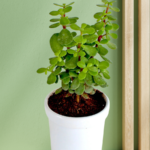

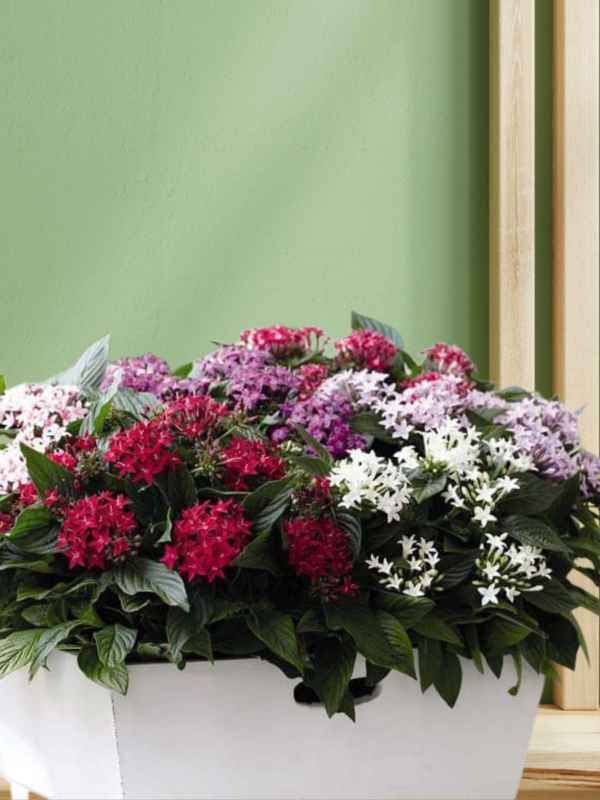
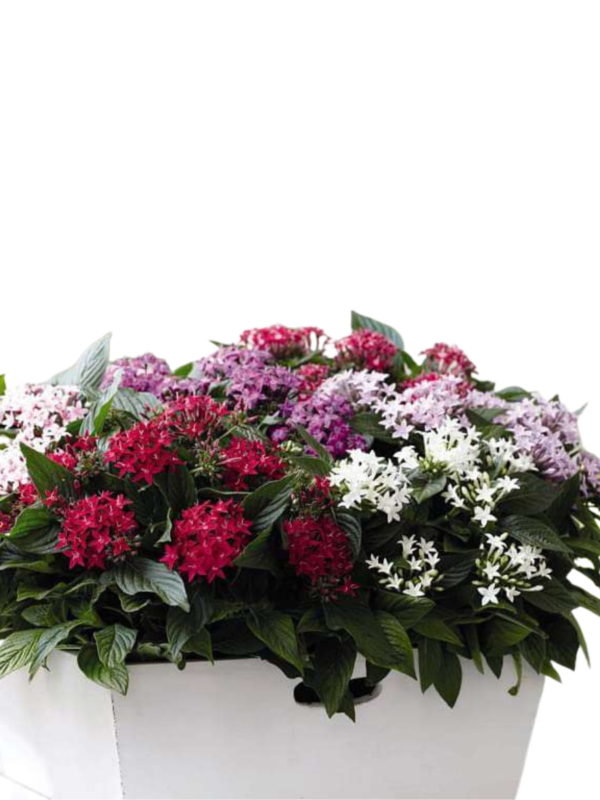


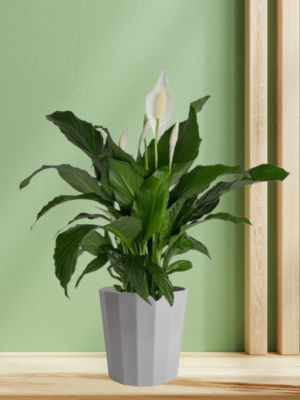
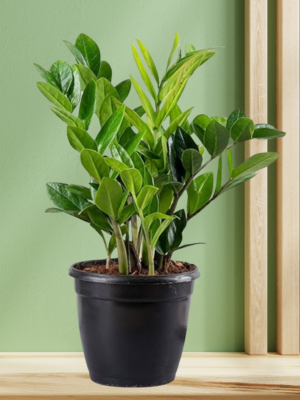
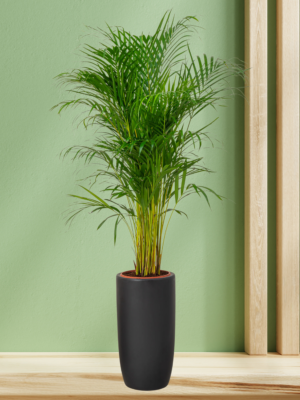
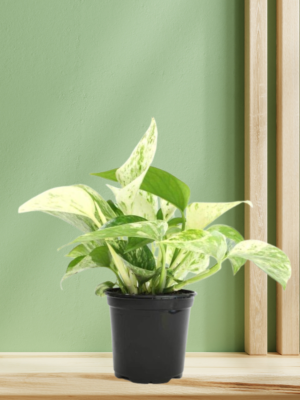
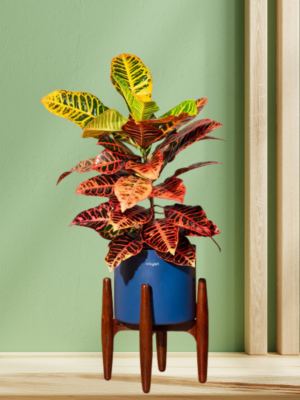 Petra Croton
Petra Croton
Reviews
There are no reviews yet.